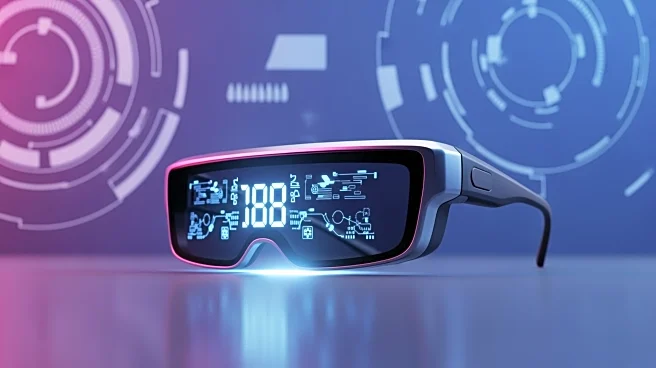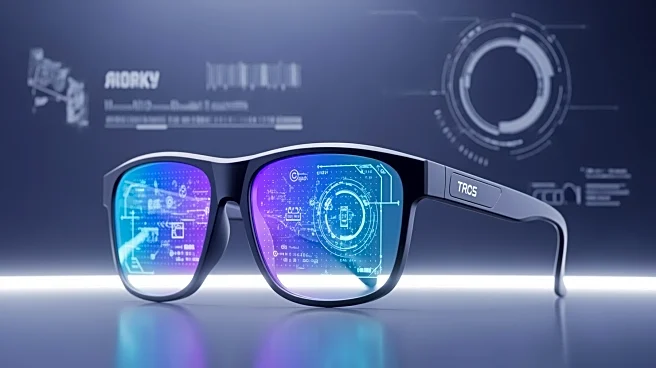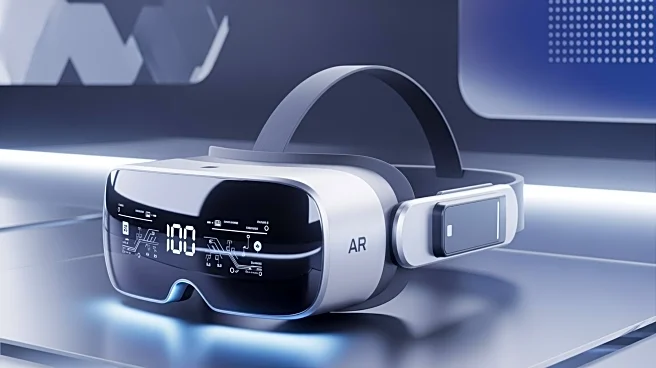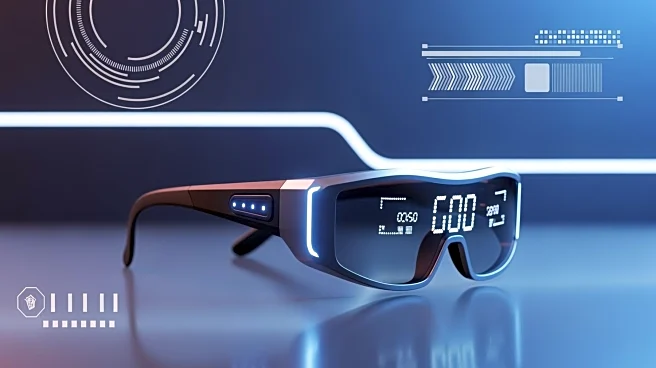What's Happening?
Meta has launched the Meta Ray-Ban Display, priced at $799, featuring a built-in 12MP camera and wristband control. The device offers a 6-hour mixed-use battery life, with extended battery capabilities
through a charging case. The launch marks a shift from prototype demonstrations to mass retail availability, with the product set to be available at major U.S. retailers starting September 30, 2025. The Ray-Ban Display aims to integrate augmented reality into everyday eyewear, targeting both mainstream consumers and fitness enthusiasts with models like the Oakley Meta Vanguard.
Why It's Important?
The introduction of the Meta Ray-Ban Display signifies a major step in the evolution of wearable technology, potentially transforming how consumers interact with augmented reality. The device's retail availability could accelerate the adoption of smart eyewear, making AR more accessible to the general public. This development could impact the tech industry by expanding the market for AR applications and encouraging innovation in wearable technology. Consumers may benefit from enhanced functionalities, while developers gain a larger user base for testing and app development.
What's Next?
As the Meta Ray-Ban Display hits store shelves, consumer reactions and sales figures will be closely watched. The success of the product will depend on factors such as price, battery life, and app integrations. Industry analysts will monitor preorder velocity and accessory uptake to gauge market interest. Privacy concerns related to always-on cameras may prompt discussions on regulations and user consent, influencing future product designs and policies.
Beyond the Headlines
The launch of the Meta Ray-Ban Display raises questions about privacy and the ethical use of wearable cameras. As these devices become more common, debates around surveillance and data security are likely to intensify. The product's integration with fitness apps like Garmin and Strava highlights the growing intersection of technology and personal health, potentially leading to new innovations in health monitoring and data analytics.











